Blow molding (blow moulding), or plastic blow molding, is a fabricating process that companies use to create hollow plastic parts and products. It is named blow molding because it involves blowing compressed air into molten plastic so that it expands like a balloon and takes a particular shape. Read More…
No matter what your blow molding needs are Western Industries is ready to assist you. We believe in thinking outside the mold and using unique methods to come up with large-part blow molding solutions for our customers. We have access to state-of-the-art technology and over 100 years of combined experience serving a variety of industries. When you choose Western Industries, you have the Western...
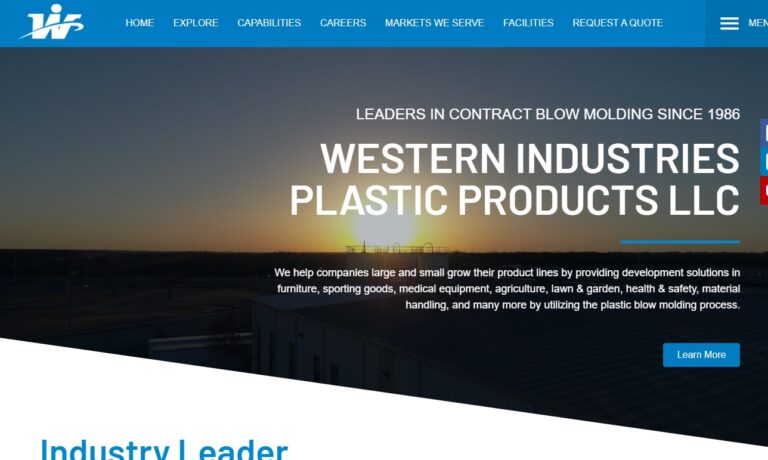
At Lerner Molded Plastics, we specialize in crafting high-quality blow molded products tailored to meet the diverse needs of our clients. With years of expertise in the industry, we take pride in our ability to deliver innovative solutions that exceed expectations.. For more information about our capabilities, contact us today!

With blow molding presses from 1 to 80 lbs., Iceberg Molding has the ability & resources for every step of your blow molding requirements - from a competitive part quote to part & product development support start to finish.
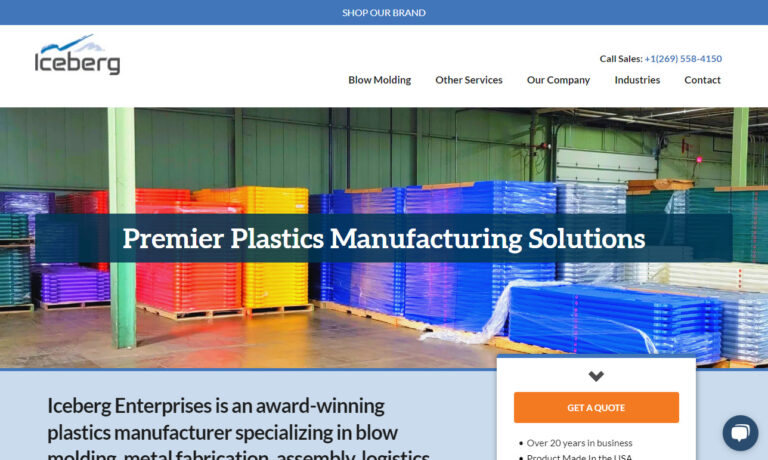
Founded in 1984, Hi-Rel Plastics & Molding, Inc. is a turn-key manufacturer who offers custom blow molding and custom plastic injection molding for a variety of industries. With more than 35 years of experience, our quality products are unparalleled. We process an almost infinite variety of thermoplastic resins, our prices are competitive, our delivery is on time, and we offer superior customer...
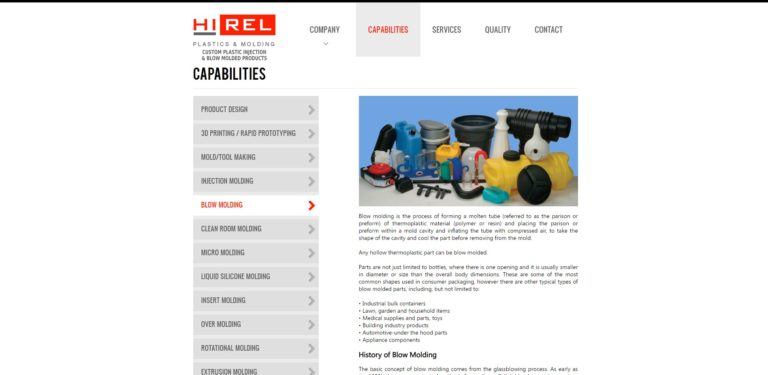
Valencia Plastics is a leading edge blow molder with new methods to add value & ensure superior quality for any job from 10 grams to 3 lbs. Discover our expertise with many plastics & a wide range of machinery. Customers can expect the best from concept to end blow molded plastic product. Industries we serve include aerospace, defense, medical, commercial & pharmaceutical.
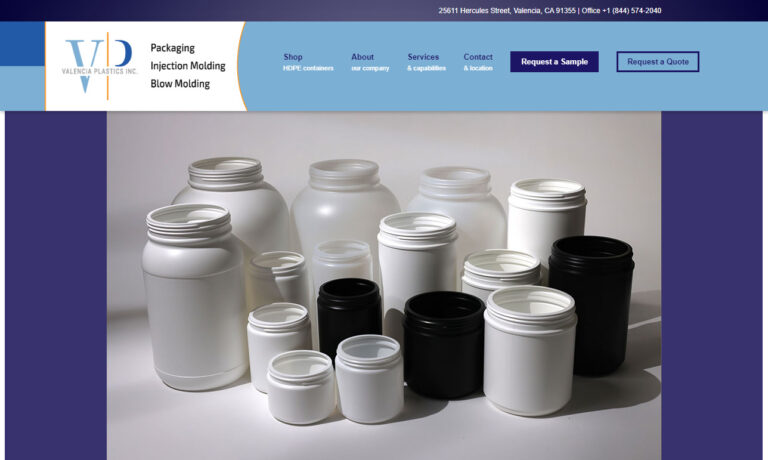
Since 1952, SPI Blow Molding has provided custom blow molding for a diverse range of industries, such as agricultural, plumbing, electronics, and more. Our team can meet your needs with a variety of plastics, such as HDPE, ABS, polycarbonate, and TPE. Secondary operations and assembly services are also available. SPI is a leader in our industry due to our customer-oriented ability to deliver...
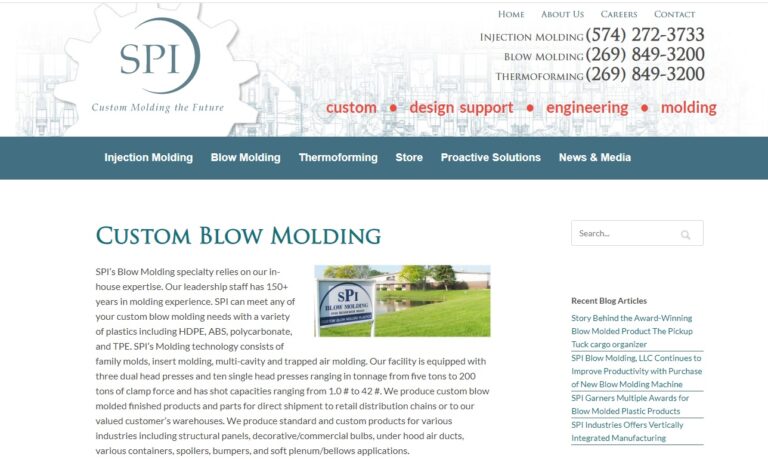
EXI-plast is a full-service provider of custom plastic moulding services, specializing in blow moulded solutions for customers worldwide across a wide variety of industries. With over 30 years of experience developing, producing, and finishing custom plastic products, we have also become a sustainability leader through the integration of postconsumer resins. With products ranging from less than...
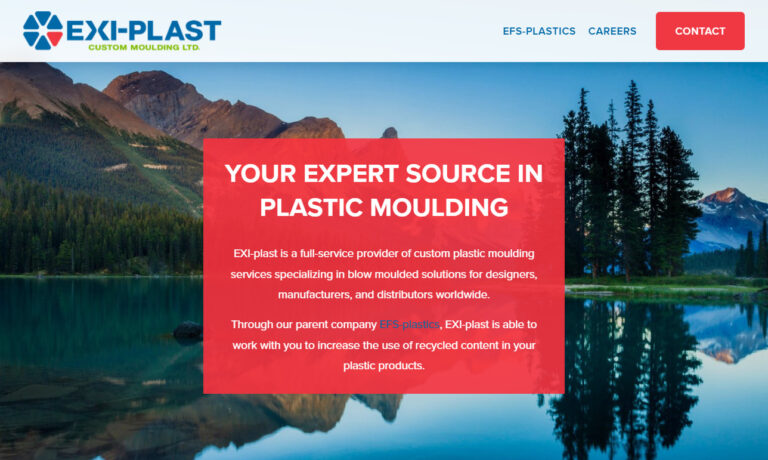
More Blow Molded Plastics Companies
Manufacturers use blow molding to produce smooth, airtight, and uniform products that don’t require assembly. These products can hold substances like herbicides, pesticides, cosmetics, and automotive oil. Industries such as automotive, food and beverage, lawn and garden, waste management, storage, office, and healthcare utilize blow molded plastics.
Manufacturers employ blow molding to produce a wide range of products, including automotive ducting, water bottles, food storage containers, plastic totes, recycling bins, garbage cans, 55-gallon drums, hoses, planters, and watering cans. Additionally, this process is used for creating cases and various other three-dimensional hollow consumer items.
History of Blow Molding
Blow molding, a concept that originated in 1st century BC Syria and was refined in Egypt between 1700 BC and 1600 BC, saw its first modern iteration designed by Americans William Kopitke and Enoch Ferngren. In 1938, they sold the rights to their invention to the Hartford Empire Company, leading to its adoption by select manufacturers across the U.S. Early American mass production focused on plastic bottles. However, before World War II, the availability of different types of plastic was limited. The war spurred a demand for synthetic plastics, prompting engineers to develop new varieties. This innovation continued post-war, enabling manufacturers to produce plastic containers for domestic use.
American manufacturers began mass-producing plastic bottles in 1939. By 1999, the U.S. was producing over ten billion plastic soft drink containers annually. Despite the continued popularity of plastic and plastic injection molding, there is now a shift towards using materials that generate less waste. To align with this green movement, plastics manufacturers are developing new products from recycled materials.
Polymers and their Applications
These processes use thermoplastic resins, including acetal, polysulfone, polyamide, polystyrene, butadiene styrene, polyvinyl chloride (PVC), polycarbonate, and high-density polyethylene (HDPE).
Acetal (Polyoxymethylene – POM): Known for its high dimensional stability, low friction, rigidity, strength, and hardness. Commonly used in engineering applications such as fasteners, gear wheels, ball bearings, and lock systems.
Polysulfone Thermoplastics: These durable, strong, and rigid polymers are thermally stable and resistant to a wide range of chemicals with pH levels between 2 and 13, including bleaches, electrolytes, alkalis, and mineral acids. They also exhibit reasonable resistance to hydrocarbon oils and surfactants, and their high compaction resistance makes them suitable for high-pressure applications.
Polystyrene: An affordable polymer used for non-sealing purposes, available as a solid or foamed material (e.g., Styrofoam). It is commonly used for blow-molding plastic containers and bottles. However, it has a long biodegradation period and is found in significant quantities in oceans and shorelines.
Butadiene Styrene (ABS): A thermoplastic elastomer made from styrene and butadiene. Known as acrylonitrile butadiene styrene, it is strong, glossy, heat-resistant, and impact-resistant.
PVC (Vinyl): A widely used polymer available in flexible or rigid forms. Applications include bottles, plumbing components, and non-food packaging.
Polycarbonates: Thermoplastic polymers with carbonate groups, known for their strength, durability, and impact resistance. However, they are prone to scratching and chemical damage.
HDPE: A thermoplastic with high tensile strength and a favorable strength-to-weight ratio. It is water and solvent resistant and recyclable. Applications include water storage, bottles, piping, food storage, plumbing boxes, electrical boxes, and bags.
Blow Molding Process
Blow molding is a versatile manufacturing process used to create plastic products, and it comes in three main types: extrusion blow molding, injection blow molding, and stretch blow molding. Despite some variations in the initial stages, all blow molding methods follow a similar sequence of steps.
- Melting and Forming the Plastic: The process begins with melting the plastic and shaping it into a preform or parison using injection molding. A parison is a tube-like piece of plastic with an open end for compressed air to enter. This soft, moldable preform is then pushed by a metal ram to the desired height.
- Clamping into the Mold Cavity: The preform or parison is clamped into a mold cavity, which determines the final shape of the product.
- Introducing Air Pressure: Air pressure is introduced via a blow pin into the parison, causing it to expand like a balloon and conform to the shape of the mold cavity.
- Cooling the Product: The newly formed product is cooled either by running cold water through the mold, conduction, or evaporating fluids within the container. This entire process takes only a few seconds, and blow molding machines can produce up to 20,000 containers per hour.
- Ejecting the Final Product: Once the plastic has cooled and hardened, the mold opens, and the finished product is ejected.
This efficient process allows for the rapid production of a wide range of plastic products.
Blow Molding Design
When preparing a custom blow molding procedure, manufacturers must decide on the material, the blow molding process, and the shape of the mold cavity. These choices depend on the client’s specifications. For instance, if strong compaction resistance is needed, they might use polysulfone.
While standard blow molded products are common, special applications require custom molds. Blow molding providers craft these molds to ensure the product meets your needs. They start by creating a prototype for your review, allowing adjustments before full production.
Custom blow molding takes longer but delivers excellent results. If you’re short on time or budget, manufacturers can use standard molds, which come in a variety of shapes and sizes for common containers and jars.
Variations in Blow Molding Processes
Extrusion blow molding is the simplest of the three blow molding methods. This process involves melting plastic and extruding it into a parison, which is then expanded with compressed air. It allows for the production of containers in various sizes, shapes, and configurations, including handles and openings. This method exclusively produces hollow products and uses two mirror molds, resulting in a seam running down the middle of the final product.
Injection blow molding merges the techniques of injection molding and blow molding. Initially, a plastic preform is created using injection molding, which is then expanded into a final shape within a blow mold. This process is ideal for crafting small containers but is not suitable for items with handles.
Stretch blow molding encompasses two primary approaches: injection stretch blow molding (ISBM) and reheat and blow molding (RHB). These methods are frequently employed to manufacture bottles for beverages like water and juice.
Injection Stretch Blow Molding (ISBM) involves two main steps: first, a preform is injection molded, and then it is transferred to another station for blow molding. This process is relatively expensive and is commonly used to produce items such as liquor bottles, water bottles, and peanut butter jars.
Reheat and Blow Molding (RHB), on the other hand, involves purchasing preforms from another supplier who has already completed the injection molding. These preforms are then reheated to prepare them for the blow molding process. RHB is significantly more cost-effective than ISBM as it eliminates the need for injection molding equipment and offers a variety of pre-made preforms.
Benefits of Blow Molding
The blow molding process offers several key advantages, particularly for industrial and manufacturing applications. Firstly, blow molding is more cost-effective than injection molding, primarily due to its minimal tooling requirements. Secondly, it excels at producing hollow plastic parts, a capability that many other methods lack. Thirdly, blow molding boasts a faster cycle time compared to processes like rotational molding, enhancing production efficiency. Additionally, it supports high-volume production runs, making it ideal for large-scale manufacturing. Moreover, blow molding is versatile enough to create complex parts, adding to its utility in various industrial scenarios.
Blow molding has a few drawbacks to consider. It can struggle to achieve even wall thickness, making rotational molding a better option for that requirement. Additionally, the process may occasionally result in plastic leaks or holes.
Things to Consider
If you have determined that blow molding is the right process for your needs, the next step is to find the right manufacturer. The ideal manufacturer will not only produce blow-molded plastic parts to your satisfaction, within your timeline and budget, but also offer expert consultation and high-quality customer service from start to finish. To find such a manufacturer, explore the comprehensive directory we’ve compiled on this page. Our directory features blow molding companies known for their experience, reliability, and commitment to service. To make an informed choice, start by listing your specifications. Then, review the profiles of the companies listed. Select three or four that seem most promising and reach out to them individually. Discuss your project in detail, addressing all your questions and concerns. After these conversations, compare your options and choose the manufacturer that best meets your needs.
Check out our Plastic Bags website

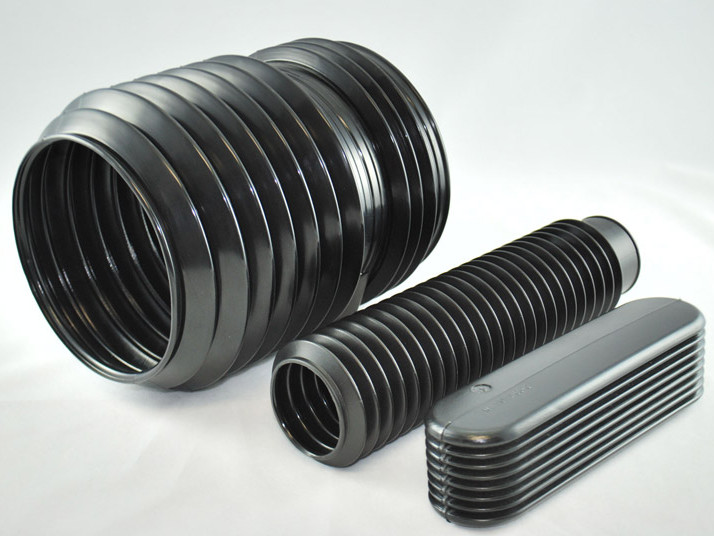
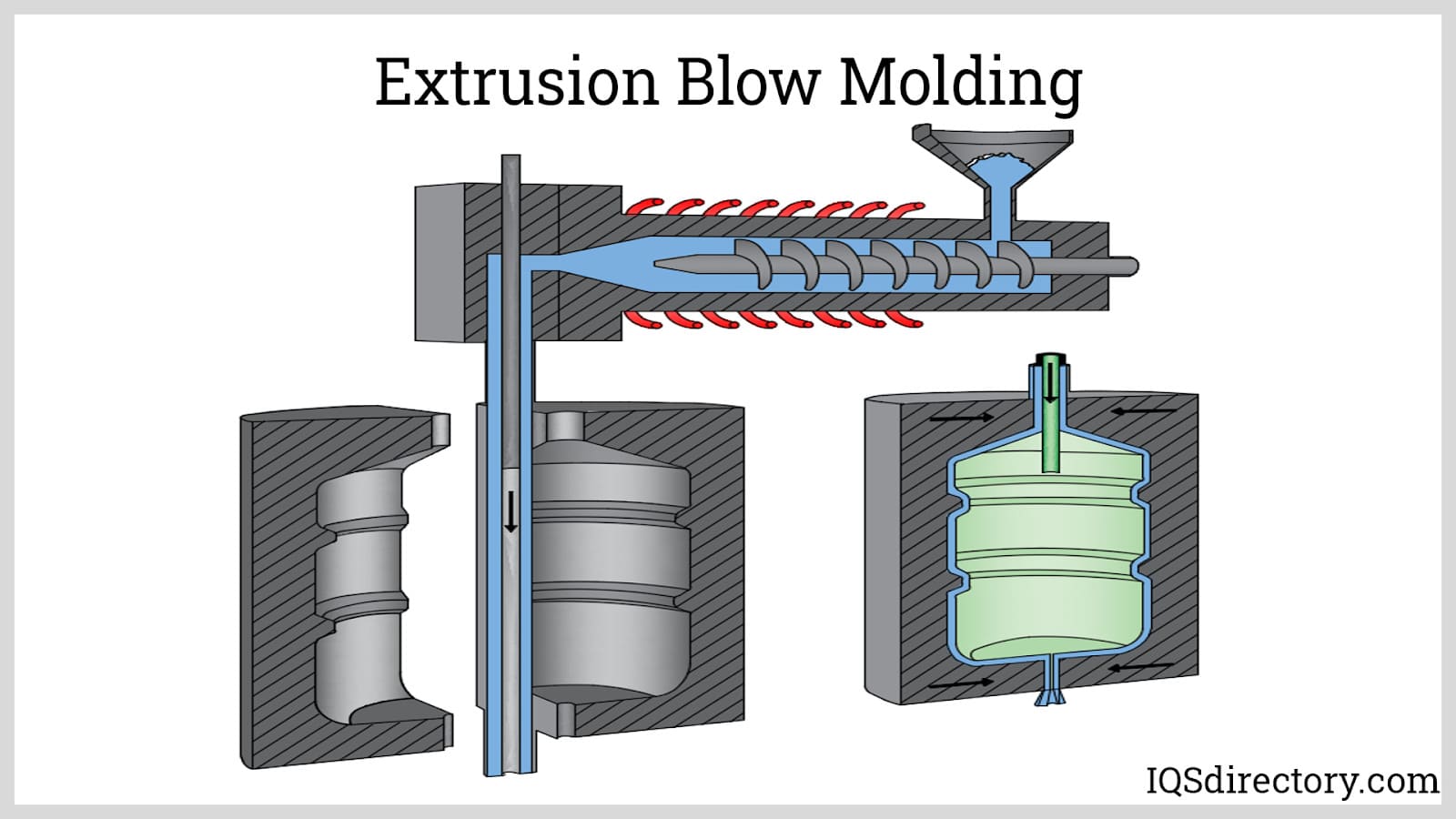

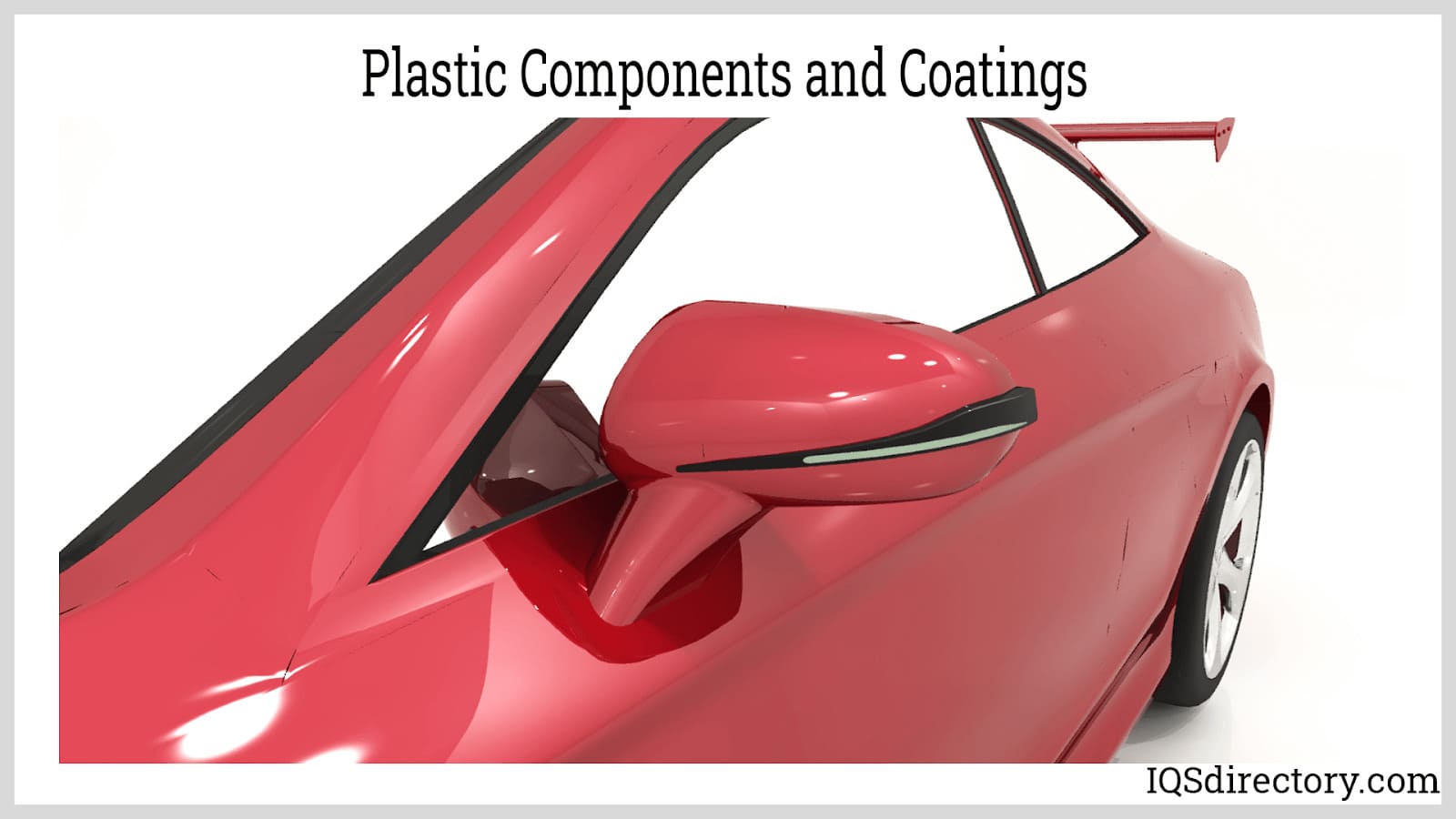
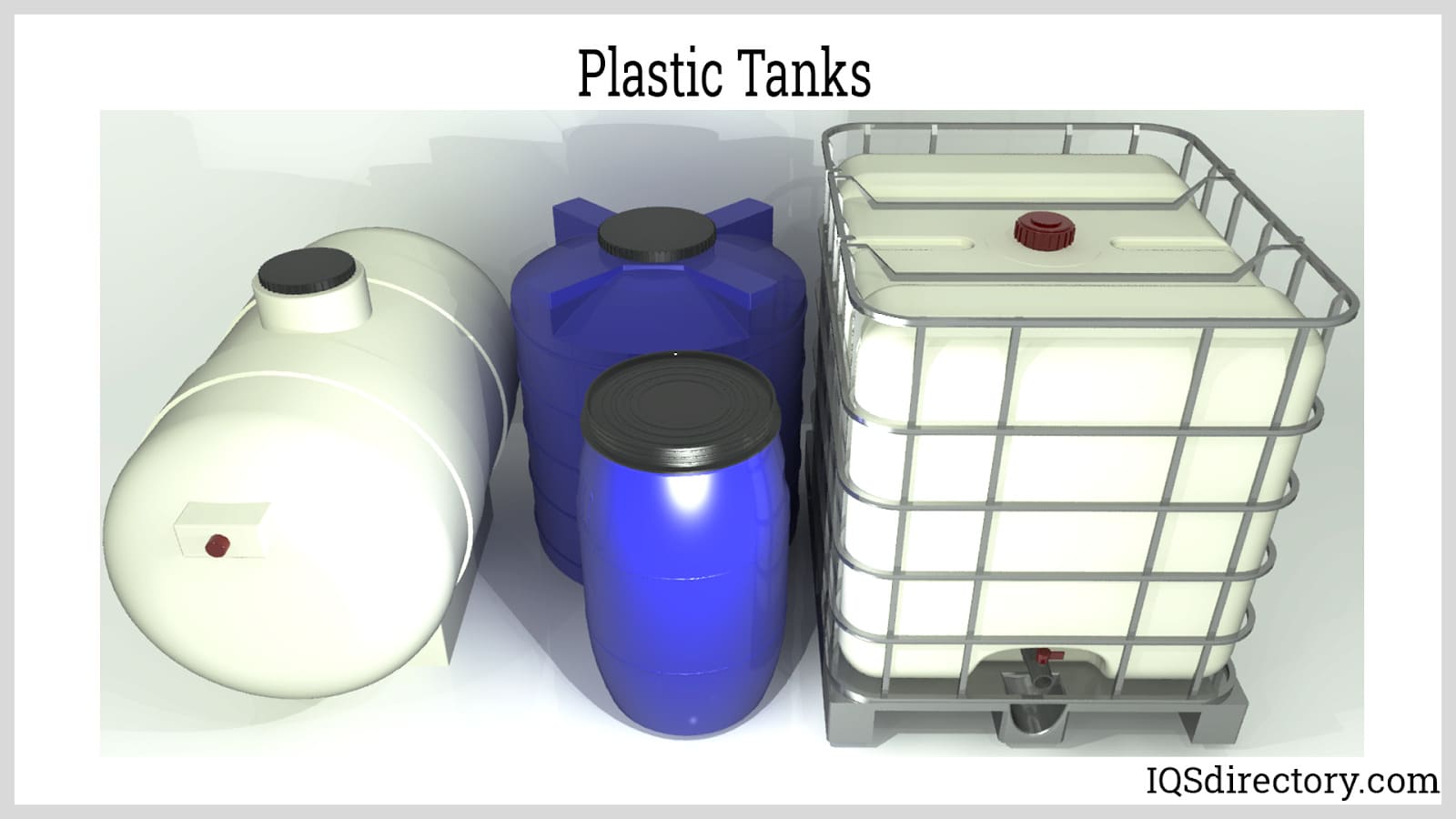
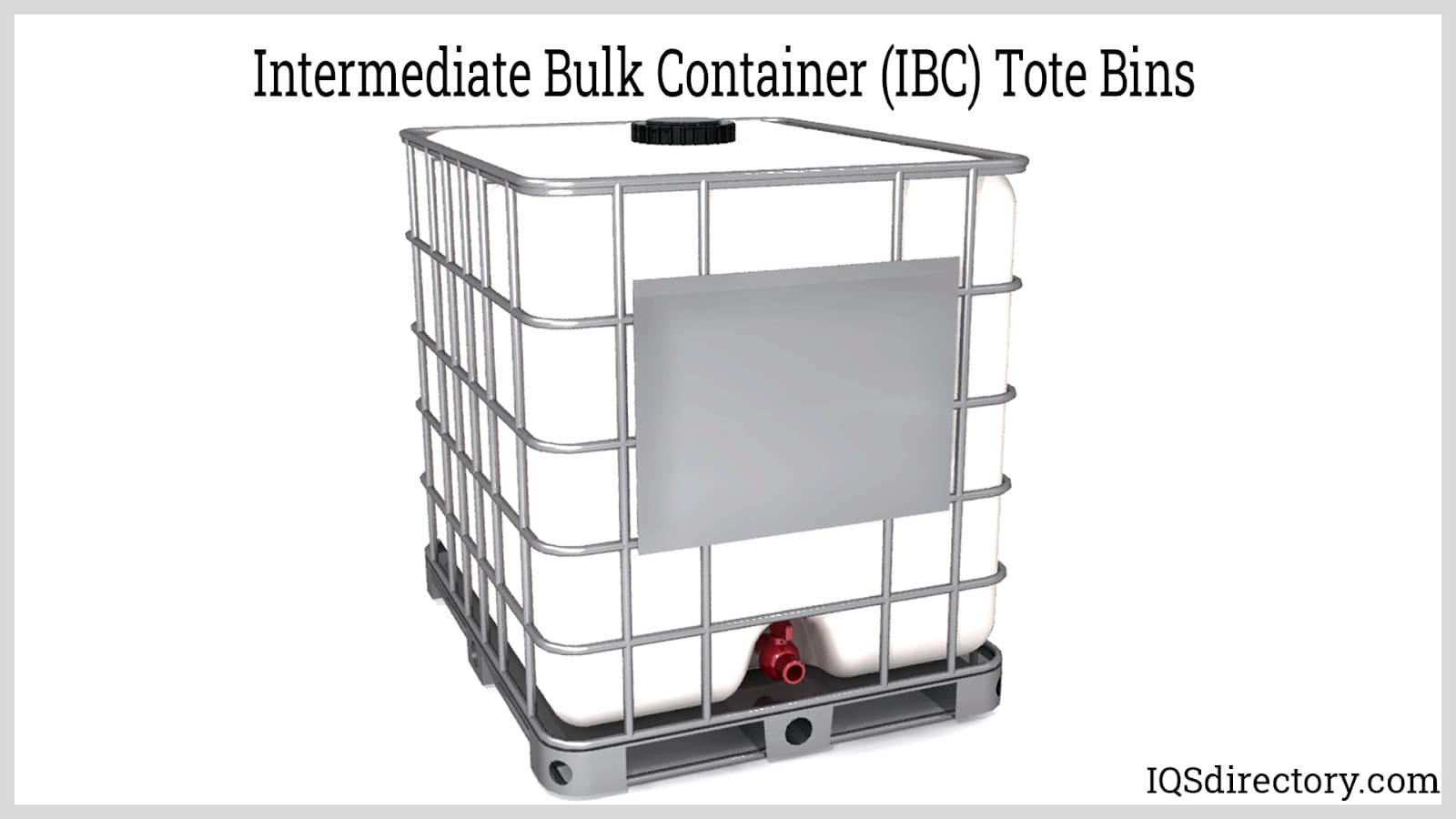
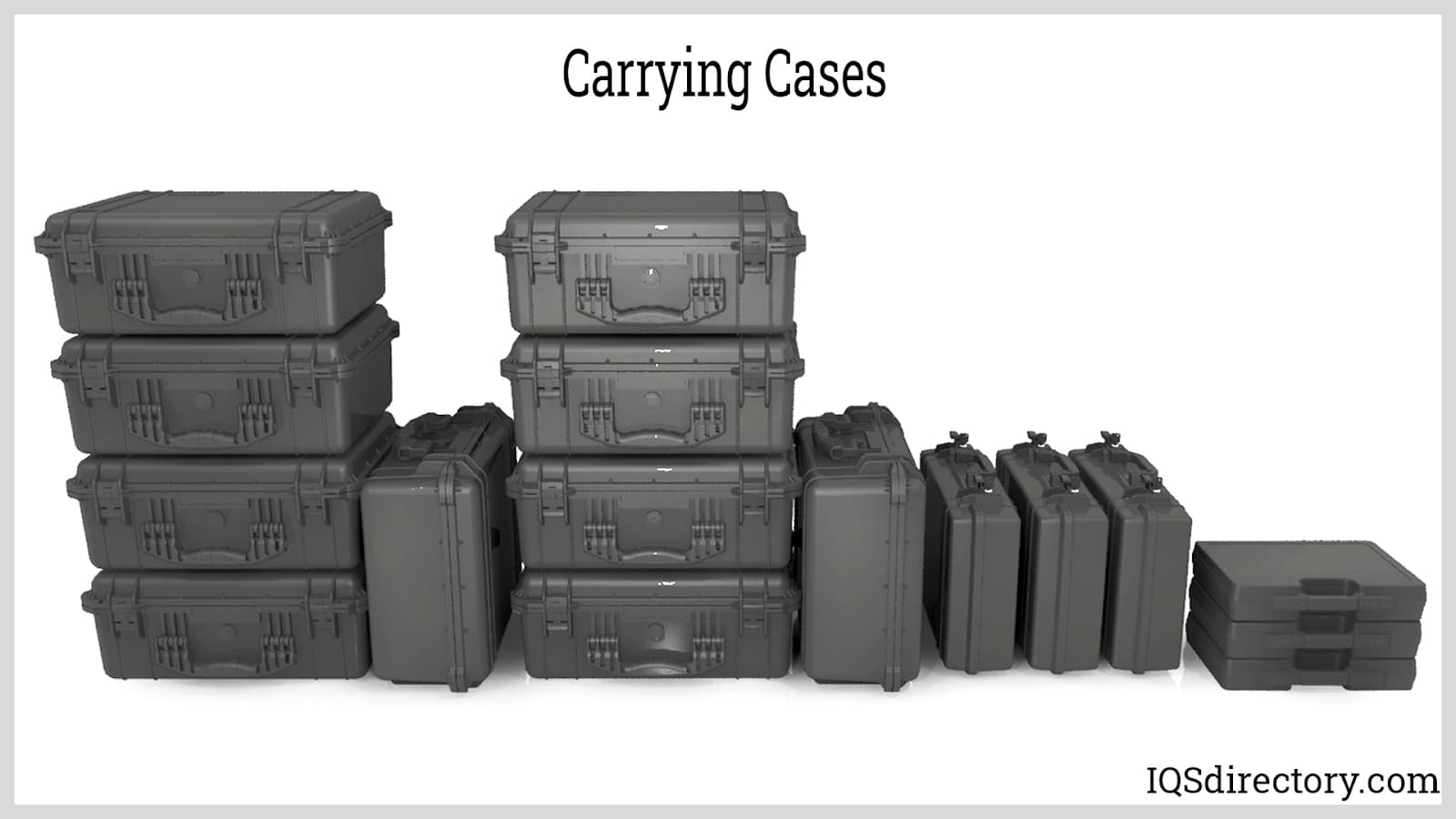
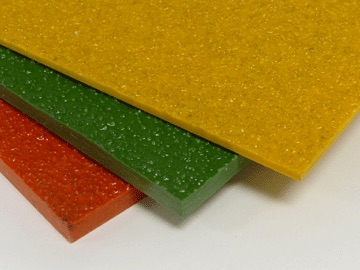 Fiberglass Fabricators
Fiberglass Fabricators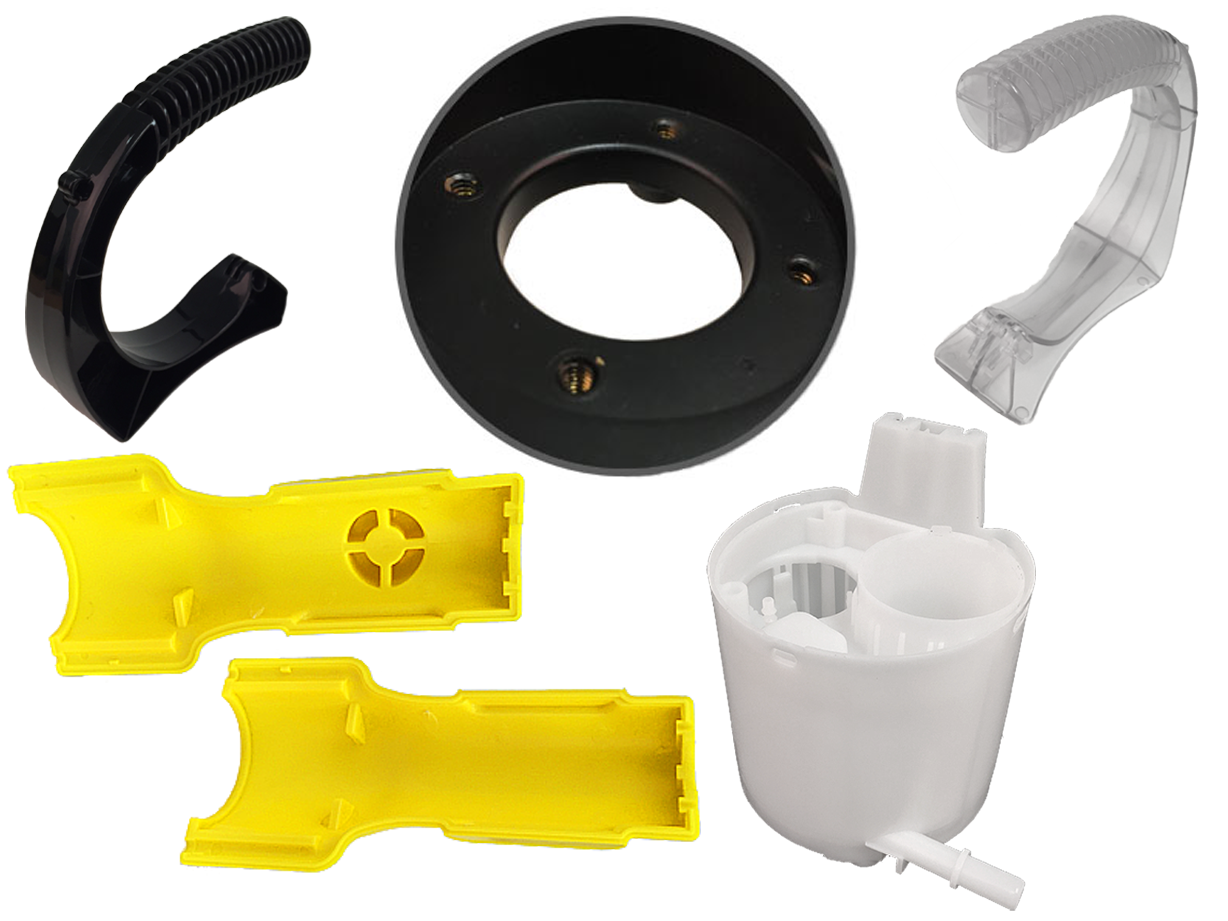 Injection Molded Plastics
Injection Molded Plastics Plastic Blow Molding
Plastic Blow Molding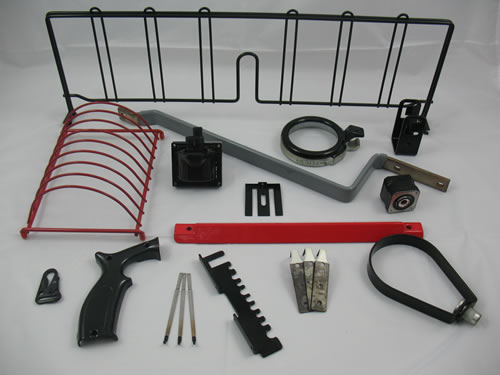 Plastic Dip Molding
Plastic Dip Molding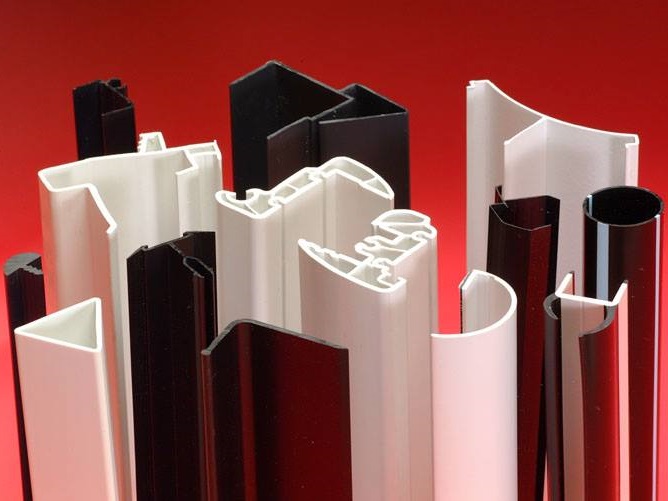 Plastic Extrusions
Plastic Extrusions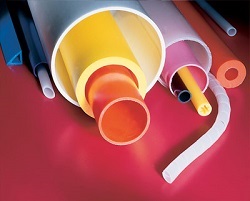 Plastic Tubing
Plastic Tubing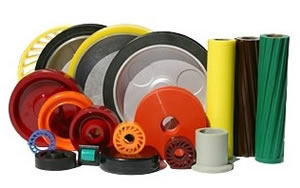 Polyurethane Molding
Polyurethane Molding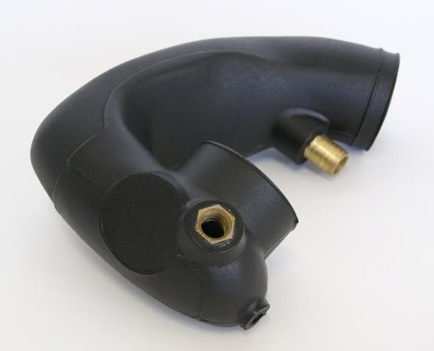 Rotational Molding
Rotational Molding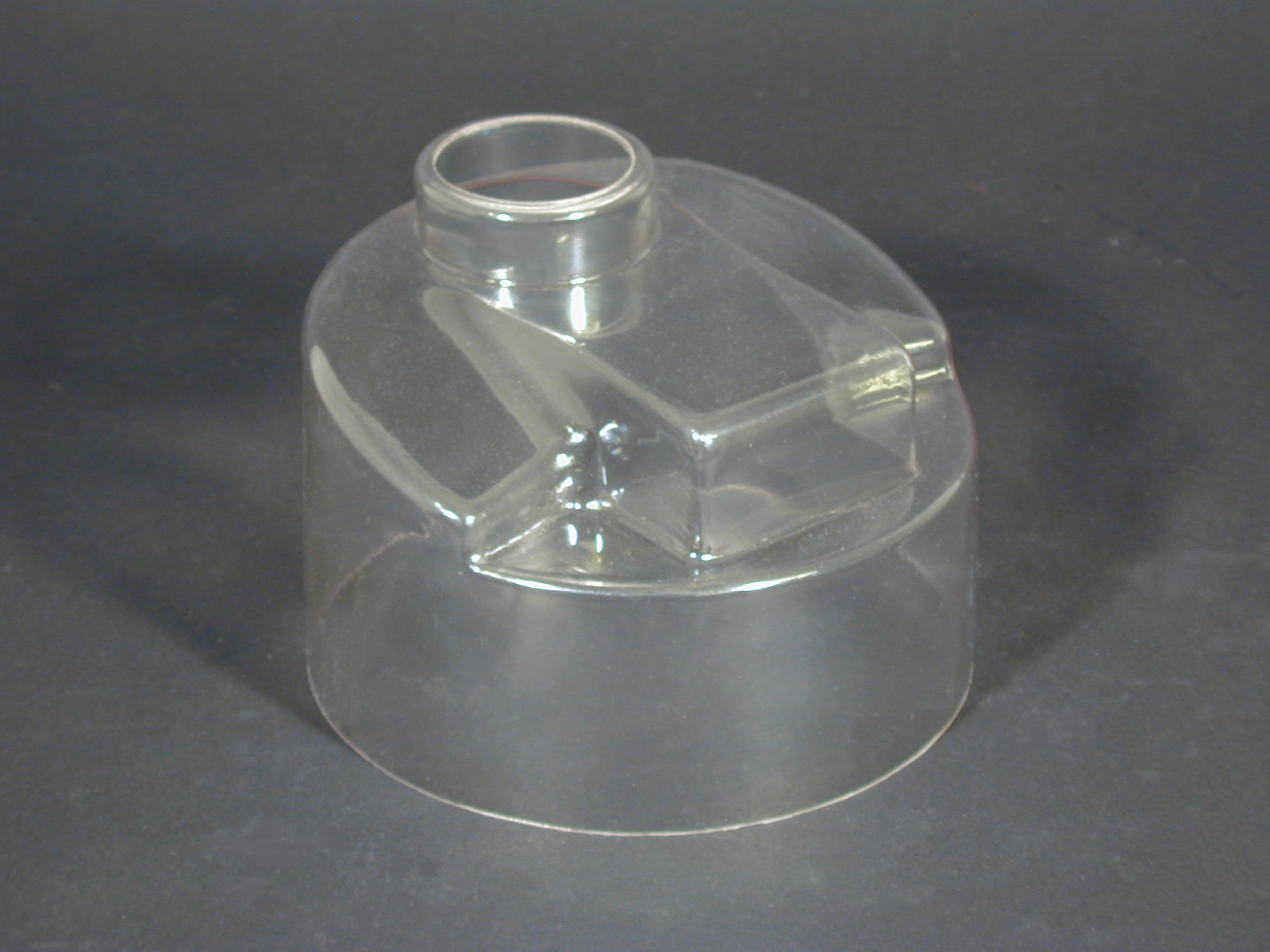 Vacuum Forming
Vacuum Forming Castings & Forgings
Castings & Forgings Bulk Material Handling
Bulk Material Handling Electrical & Electronic Components
Electrical & Electronic Components Flow Instrumentation
Flow Instrumentation Hardware
Hardware Material Handling Equipment
Material Handling Equipment Metal Cutting Services
Metal Cutting Services Metal Forming Services
Metal Forming Services Metal Suppliers
Metal Suppliers Motion Control Products
Motion Control Products Plant & Facility Equipment
Plant & Facility Equipment Plant & Facility Supplies
Plant & Facility Supplies Plastic Molding Processes
Plastic Molding Processes Pumps & Valves
Pumps & Valves Recycling Equipment
Recycling Equipment Rubber Products & Services
Rubber Products & Services